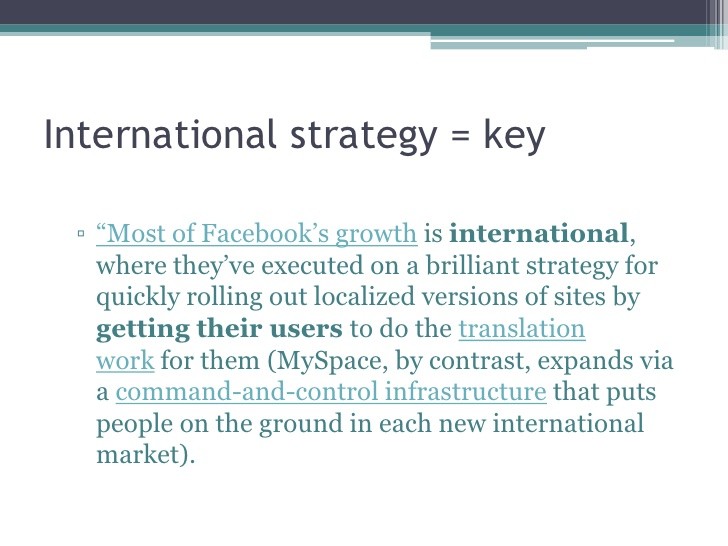International Negotiated Financial Transactions (Part 1)
Post on: 4 Июль, 2015 No Comment

Hedging
Another way we can guard our bottom line when assuming the risk is to pass it on. These are known as hedges . There are associated costs with hedges so advice should be sought from experienced financial experts.
The first method of hedging consists of signing an agreement to buy a specified amount of the foreign trading partners currency, at a defined price and date in the forward foreign exchange market. This allows us to know exactly what we will be paying and receiving, during the currency transaction process on specific date. These dates, for the purpose of hedging, should be explicitly defined in the agreement.
The second method of hedging is to acquire an option for the sale and purchase of the foreign currency for a fixed price , in the partners currency during a defined time period in the future. This might entail setting up a foreign currency account or purchasing foreign currency bonds.
The third technique is to arrange offsetting transactions , also referred to as exposure netting . Here, the risk or potential loss is counterbalanced in one business deal, by a gain in some other transaction. For example, a financial risk faced by a British company to pay in Indonesian Rupiah, to a foreign partner located in Bali later down the road, could be counterbalanced by a debt in Rupiah, owed to the British company payable by some other partner, on the same date in the future.
Dividing the Risk
Negotiating parties can agree on a means of computation, so they are both able to share the risk.
One way a negotiated agreement can accomplish the risk sharing, is for one side to pay a percentage of the transaction in one currency and the balance in the other sides foreign exchange. As the process is reciprocated in the buying and selling process, both sides assume a relatively equal risk. Where there is a great deal of potential fluctuation in one partners currency, this method can be strengthened by agreeing to only agree to a percentage agreement, so long as the fluctuating currency remains within a certain range. If the currency should fluctuate outside this range, then a pre-agreed formula comes into play to address the difference.
Another way to address foreign currency fluctuation is to allow for payment in an artificial unit of account , which is an assortment of multiple currencies such as a SDR (Special Drawing Right). As opposed to using specific currencies, the basket contains an assortment of currencies that offset each other in fluctuation because as one currency loses value, another currency gains value, so the losses are relatively balanced out.

Finally, the last means we can employ is to outline a clause in our contract, where we agree to re-negotiate the financial terms of the agreement, should the fluctuations occur outside a pre designated and agreed upon range. Decide before-hand whether you would want to renegotiate the entire contract, or just the currency component.
Summary
Every international negotiated agreement entails some risk in the exchange of foreign currency. There are a number of mechanisms and techniques to offset the risks of fluctuating currency. Although these prescriptions cannot guarantee we wont encounter some loss, there is much we can do to minimize our exposure.
Soon to be released: Part 2 of this article which deals with Inconvertible Foreign Money
1) Jeswald W. Salacuse, The Global Negotiator Palgrave MacMillan, (2003).














